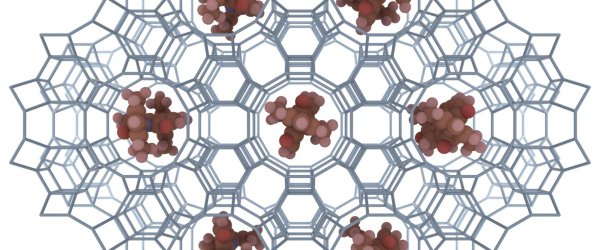University of Twente MESA+ professor Wilfred van der Wiel is developing an electrode to detect cervical, bladder and kidney cancer in DNA.
NanoGap is a 100 nanometer wide gap in a metal electrode with receptors that provide notifications when urine DNA is degraded. Hypermethylated DNA is bound to the receptors. By covering the DNA with metal particles, a live wire on a nanoscale is created, resulting in a short circuit and detectable signal.
According to van der Wiel, “In the current situation we only detect cancer at an advanced stage, when the patient already has symptoms, for example associated with a tumor. In this study we look for DNA where something has changed, i.e. DNA that is covered by the body with methyl groups. In many cancers excessive methylation of the DNA occurs; this is referred to as hypermethylation. Although medical science does not yet know whether hypermethylation always signifies cancer and in what form, a clear link has been shown.”
Wearable Tech + Digital Health NYC 2015 – June 30 @ New York Academy of Sciences
